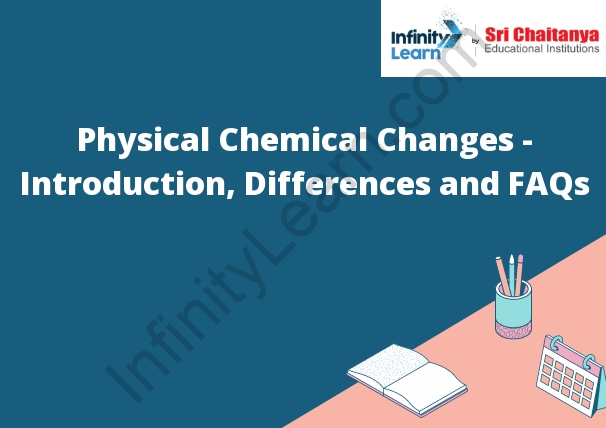Table of Contents
physical-change-and-chemical-change
A physical change is a change in the form of a substance, without a change in the chemical composition. A chemical change is a change in the chemical composition of a substance.

What is a Physical Change?
A physical change is a change in the form or appearance of a substance, but not in its chemical composition. For example, when water freezes, it becomes a solid (ice) but the atoms that make up water remain the same. When water boils, it becomes a gas (vapor) but the atoms that make up water remain the same.
What is a Chemical Change?
A chemical change is a process that alters the chemical composition of a substance. This can involve the breaking or forming of chemical bonds, the release or absorption of energy, or the rearrangement of atoms. Many common chemical reactions, such as combustion and corrosion, are destructive, but some, such as photosynthesis, are constructive.
Difference Between Physical Change and Chemical Change
A physical change is a change in the appearance or form of a substance, but the substance’s chemical composition remains the same. A chemical change is a change in a substance’s chemical composition.






